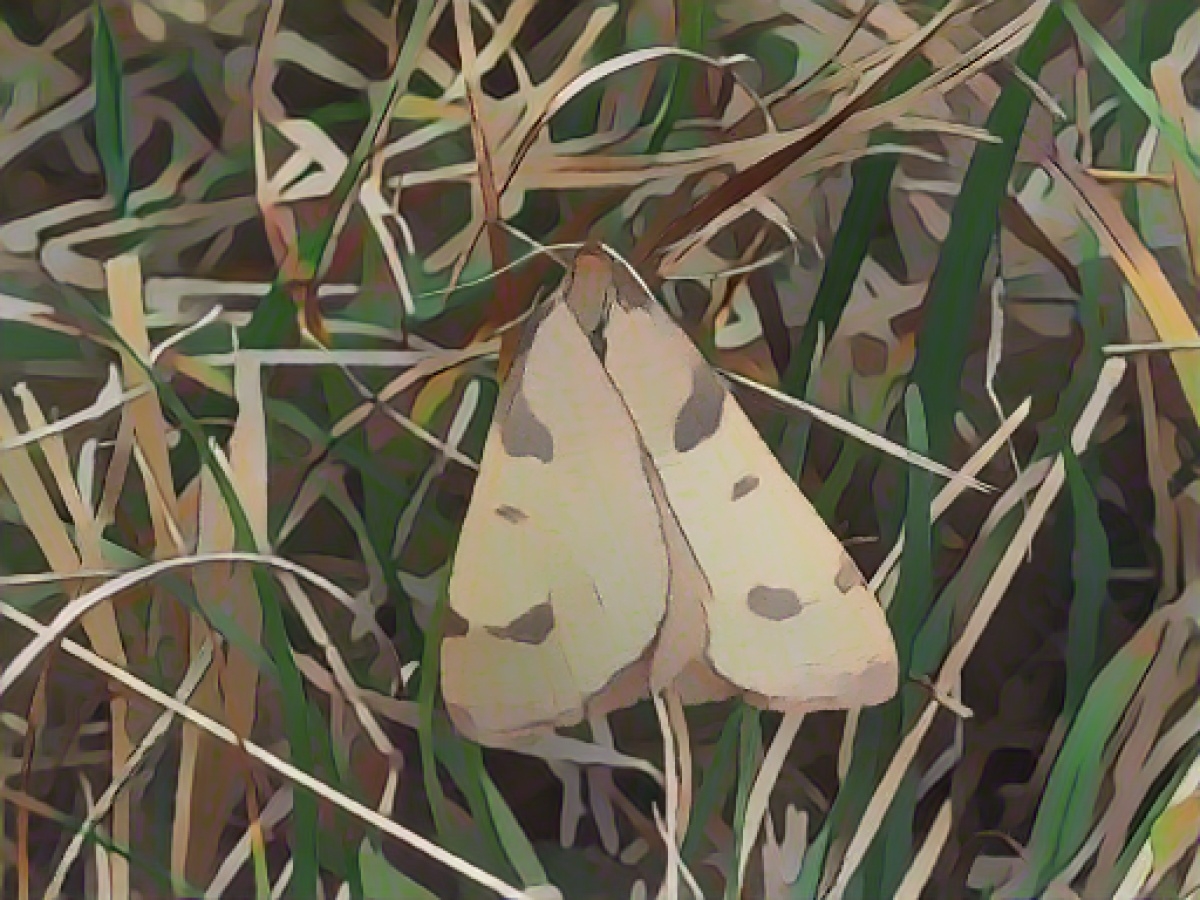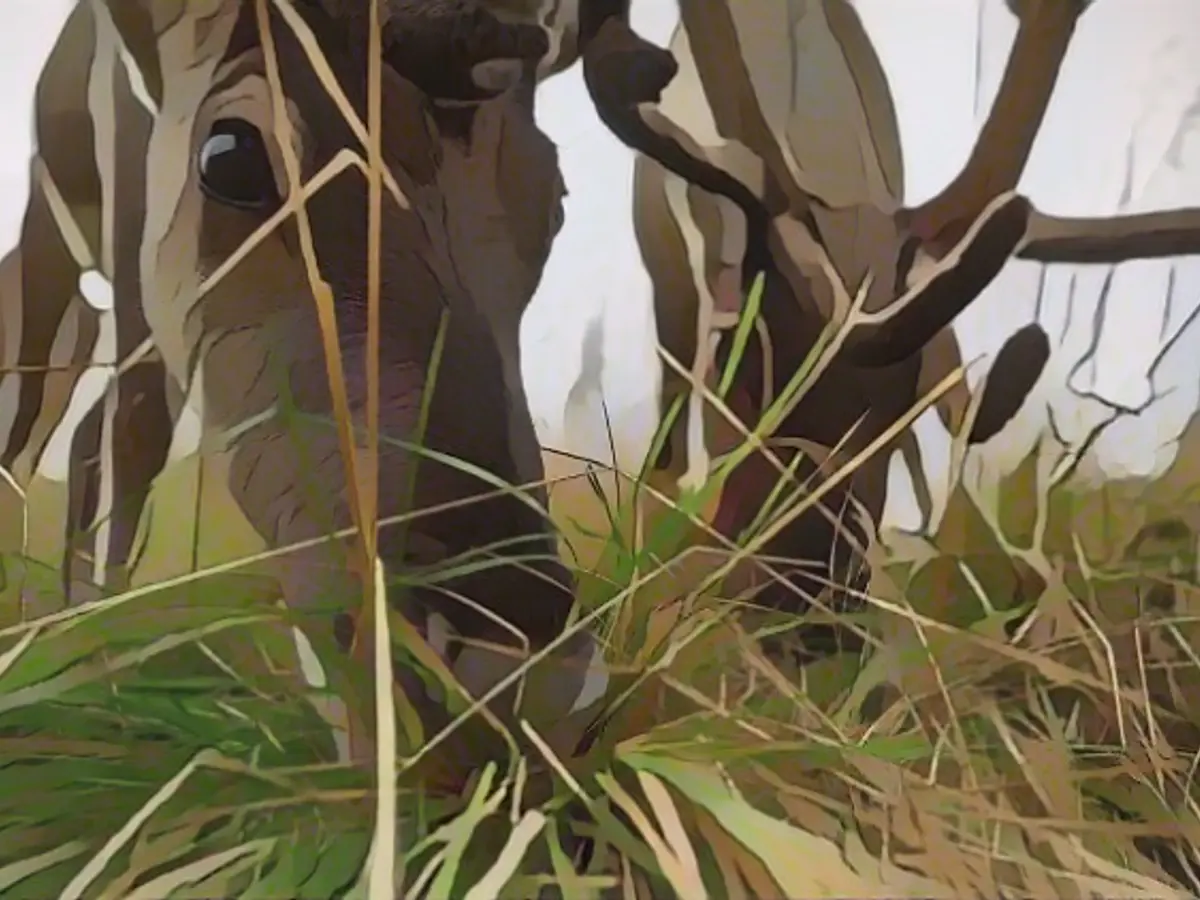Uncovering a Rare Beauty: Mountain Steppe Frost Moth Rediscovered After Eight Decades
Nature lovers and insect enthusiasts rejoiced as a long-lost butterfly species was spotted in Bosnia-Herzegovina once again. After a whopping 86 years, the elusive mountain steppe frost moth made its grand reappearance, leaving researchers buzzing with excitement.
First discovered in the early 20th century, the mountain steppe frost moth had virtually vanished from the face of the earth. Its last known sighting was in 1937, and many began to wonder if it had met its unfortunate end. However, the resilience and tenacity of this unique species proved once again that Mother Nature has a way of surprising us.
An international team of experts, led by renowned butterfly expert Robert Trusch from the Natural History Museum in Karlsruhe, set out on an exhilarating mission to locate the mountain steppe frost moth in its natal home. Upon arrival, they wasted no time in embarking on their quest, and their persistence was rewarded on the very first night of their search. The team was jubilant as they discovered both male and female specimens, signaling a new hope for the conservation of this remarkable species.
The mountain steppe frost moth's survival in such harsh climates is a testament to its adaptive abilities. Despite being a nocturnal insect, these butterflies have a unique defense mechanism that aids their survival in mountainous regions. The females of this species are incapable of flight, reducing their chances of being swept away by severe autumn storms. Moreover, they are almost impervious to artificial light, allowing them to live undisturbed by the modern world.
These characteristics make the mountain steppe frost moth a fascinating study for scientists looking to better understand the intricacies of insect ecology and conservation. By closely monitoring this species, researchers can learn more about its behavior, breeding patterns, and habitat requirements. This knowledge can then be applied to help preserve and protect other rare and endangered insect species worldwide.
The rediscovery of the mountain steppe frost moth serves as a reminder of the importance of conservation efforts in protecting the delicate balance of nature. As human activities continue to encroach on wildlife habitats, the need to understand and preserve these delicate ecosystems becomes even more critical.
Furthermore, this discovery highlights the need for continuous research in the field of entomology. By studying insects like the mountain steppe frost moth, we can gain valuable insights into their ecological roles and the broader impact they have on the environment.
While the mountain steppe frost moth's comeback is a victory for conservationists, there is still much work to be done. Ongoing monitoring and research are essential to ensure the survival of this rare and beautiful species for future generations to appreciate.
Source:
Enrichment Data:
- Habitat Considerations:
- Much like the mountain steppe frost moth, the American Barn Owl also thrives in open grasslands, marshes, pasture lands, croplands, and hayfields. The similar habitat preferences between these two species suggest that the mountain steppe frost moth may be found in similar habitats, highlighting the importance of preserving these natural areas.
While the enrichment data provides some insight into suitable habitats for the mountain steppe frost moth, it is essential to note that specialized resources, such as the IUCN Red List or entomological journals, would provide more precise information on this species' preferred habitat and conservation status.
- Conservation Efforts:
- While the sources discussed conservation efforts in various regions, they did not specifically address butterfly species or steppe habitats. To gain a more comprehensive understanding of conservation efforts for rare butterfly species, it would be advantageous to consult specialized resources focused on lepidoptera conservation and ecology.
This information can provide valuable context to the base article, helping to demonstrate the broader importance of conserving rare and endangered insect species. However, the primary focus remains on the rediscovery of the mountain steppe frost moth and the significance of this milestone in the realm of insect conservation.






